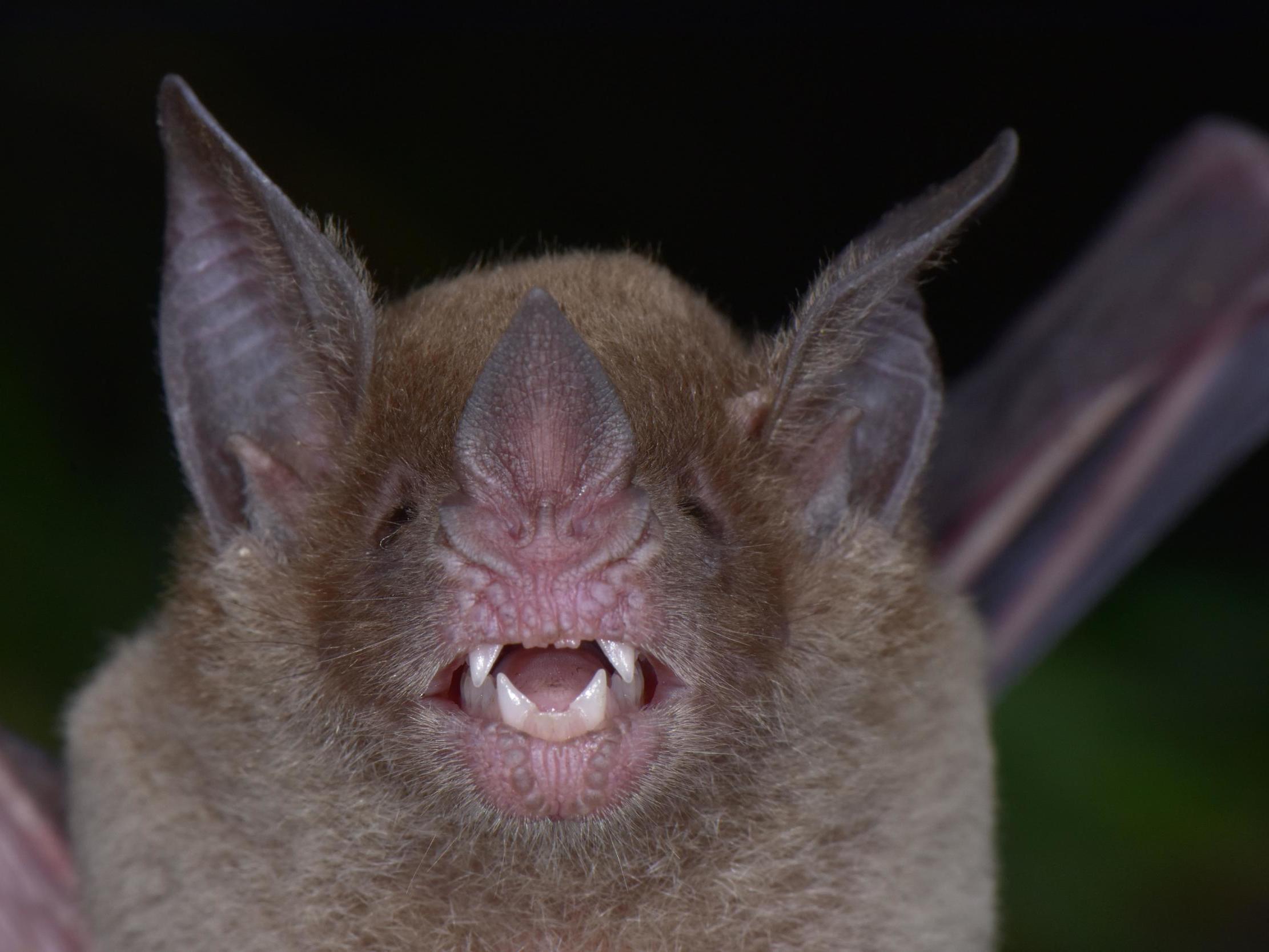‘Extinct’ creatures found alive in ‘lost city’ deep within Honduras rainforest
Conservation team discover rare and endangered species never before recorded in country

Your support helps us to tell the story
From reproductive rights to climate change to Big Tech, The Independent is on the ground when the story is developing. Whether it's investigating the financials of Elon Musk's pro-Trump PAC or producing our latest documentary, 'The A Word', which shines a light on the American women fighting for reproductive rights, we know how important it is to parse out the facts from the messaging.
At such a critical moment in US history, we need reporters on the ground. Your donation allows us to keep sending journalists to speak to both sides of the story.
The Independent is trusted by Americans across the entire political spectrum. And unlike many other quality news outlets, we choose not to lock Americans out of our reporting and analysis with paywalls. We believe quality journalism should be available to everyone, paid for by those who can afford it.
Your support makes all the difference.A team of scientists have discovered an ecosystem filled with rare and endangered species, including species that were thought to be extinct, in a “lost city” deep within a rainforest in Honduras.
The conservation team spent three weeks exploring an ancient settlement, known as the “Lost City of the Monkey God” or “White City”, in the Mosquitia rainforest and found a diverse hub of wildlife, including hundreds of species of butterflies, bats and reptiles.
Scientists also rediscovered three species that were thought to be no longer living in Honduras: the pale-faced bat, the False Tree Coral Snake and a tiger beetle which had only been recorded in Nicaragua and was believed to be extinct.
Trond Larsen, the director of Conservation International's Rapid Assessment Programme (RAP), said they were “shocked” to discover such a rich environment of rare species.
“The 'White City' is one of the few areas remaining in Central America where ecological and evolutionary processes remain intact,” he added.
The RAP also discovered 22 species that have never been recorded in Honduras before, such as the endangered Great Green Macaw, and a livebearing fish that researchers believe is new to science.
In total, scientists discovered 246 species of butterflies and moths, 30 species of bats, and 57 species of amphibians and reptiles.
Mr Larsen said the diversity of the area’s wildlife made it a high priority for conservation.
“One of the main reasons we found such high species richness and abundance of threatened and wide-ranging species (e.g., peccaries) is that the forests around the White City remain pristine, unlike much of the region,” he said.
“This makes the area a high conservation priority for maintaining the broader landscape connectivity that is essential for the long-term persistence of biodiversity through Central America.”
Explorers have searched for decades to find the White City, which is thought to have been home to an ancient civilisation in the pre-Columbian era.
Due to the lack of infrastructure in the region, scientists had to be flown in by helicopter and guarded by armed soldiers to protect them from drug traffickers and predators in the area.
Mr Larsen said the biggest threat to the region was illegal deforestation for cattle ranching, despite the “lost city” being officially protected by Honduras’ president in 2015.
Dr John Polisar, a member of the RAP expedition team, called for strong protection to allow the newly-discovered wildlife to thrive.
"We have been doing field work in the indigenous territories of La Moskitia for 14 years, and this site stood out as being simply gorgeous,” he said.
“Because of its presently intact forests and fauna the area is of exceptionally high conservation value. It merits energetic and vigilant protection so its beauty and wildlife persist into the future."
Join our commenting forum
Join thought-provoking conversations, follow other Independent readers and see their replies
Comments